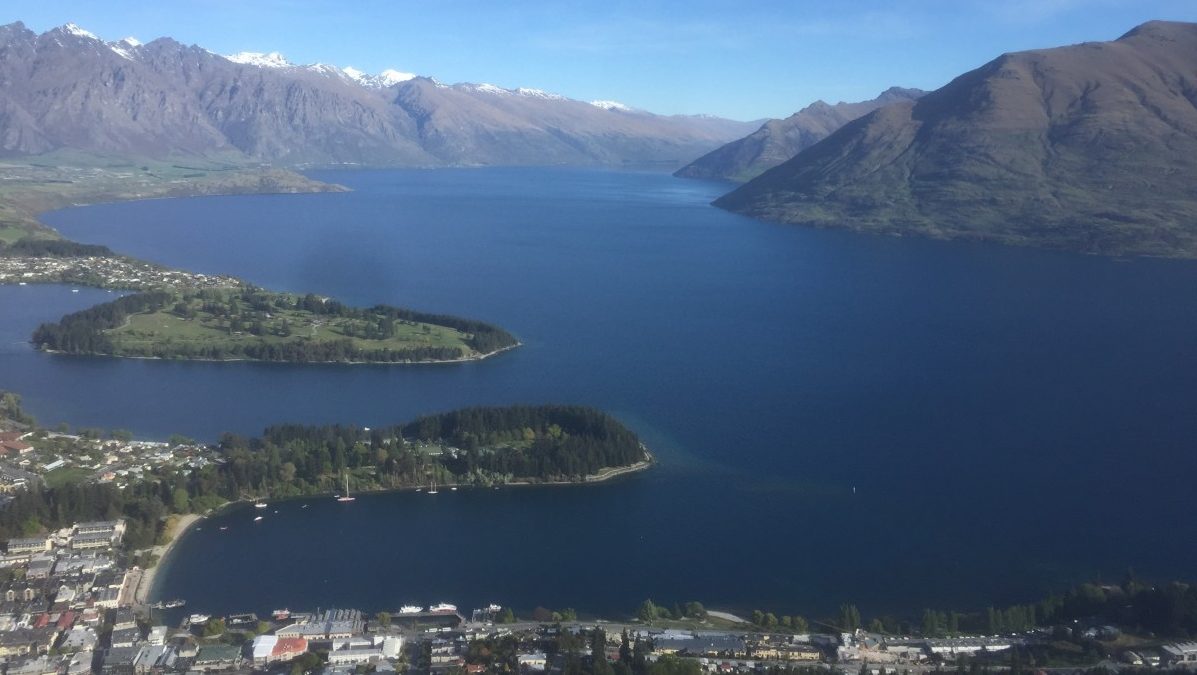Infrastructure fund to accelerate delivery of 67,000 homes
12 Sep 2017, Industry News

The Government’s $1bn Housing Infrastructure Fund has been allocated to five councils across the country
The Government announced the launch of the $1bn fund (HIF) in February this year as a means for high-growth councils to finance the infrastructure needed for new housing projects.
An independent assessment panel announced in July that nine projects had been approved, fast-tracking the development of 67,153 homes – with around 28,000 expected to be completed within the next ten years.
Building and Construction Minister Dr Nick Smith said that the funding will be used to develop roading and water infrastructure, bringing forward the building of houses by up to eight years in some cases.
“Adding these big new subdivisions will help lift the supply of residential sections and bring greater consumer choice into the housing market,” said Dr Smith.
“This infrastructure initiative is the next logical step in our housing programme. We have freed up planning constraints on new subdivisions through Special Housing Areas and reforms to the Resource Management Act, but the areas zoned for residencies cannot be built on without infrastructure. We will be working closely with the Councils and developers to ensure these projects are progressed at pace.”
The $1bn will be financed through temporary Government borrowing. For transport infrastructure, the New Zealand Transport Agency (NZTA) will pay for all or most of a project up front from the National Land Transport Fund by increasing the council’s Funding Assistance Rate for that project. Councils would then match NZTA’s investment in later years through reduced FAR payments on a package of related works.
For water supply, wastewater and stormwater infrastructure, the funding will take the form of an interest-free loan of up to ten years. Consideration may be given to extending the loan period beyond ten years, but interest would then be charged at commercial rates.
The amounts awarded exclude a 10% contingency that the councils were recommended to build into their project costs. In total, $112m of the $1bn fund has been set aside for contingency costs.
For a snapshot of the approved projects, click here. In addition to the HIF, the Government also recently announced the establishment of a $600m crown company to make further investments into infrastructure.
The winning projects
Auckland:
Auckland Council received $300m from the fund for a 1,142-hectare greenfield development north west of the city in Whenuapai and Redhills.
The development is expected to add 10,541 homes to city’s supply, with the bulk of the funding ($193m) going towards partially funding several roading projects, including a new Redhills’ north-south arterial route, an extension to Fred Taylor Drive and a new bridge to the West Harbour Ferry Terminal. The remaining funds will be used to develop water-related infrastructure.
Auckland Council’s General Manager of Financial Strategy and Planning, Matthew Walker, said that while the project has been approved, the next step is for the council to work out a detailed business case with the Government.
“Once funding is fully approved, there will be a significant amount of resource consenting and design work to complete before infrastructure construction can begin. Because of these processes, it is unlikely that infrastructure construction could start before 2019,” said Walker. “Current projections would see 2,200 of these houses built in the next five years, with the balance of the 10,500 houses built over the following five to ten years.
“The timing and staging of construction will be worked through as part of the detailed business case. It is expected that the infrastructure will be delivered in a staged manner aligned to housing delivery. This means that the first stages of the infrastructure work may be completed quickly, while the final stages may not be completed for ten years, depending on when they are needed.”
The type of housing to be built and awarding of contracts will be left up to developers; however, Mr Walker said a mix of high, medium and low-density housing has been approved in both areas.
“In Redhills, current residential zoning already provides for high density housing around shopping centres and transport hubs, and low to medium-density housing development elsewhere in the precinct,” he said.
Hamilton:
Hamilton City Council received $272m for the Peacocke subdivision on the city’s southern edge. The funding will see more than 2,700 new houses – out of a total of 8,100 – built in the next ten years, with $179m earmarked for roading and $93m for water-related infrastructure.
Hamilton Mayor Andrew King said the development is essential for the future of New Zealand’s fourth largest city.
“This is an exciting opportunity for Hamilton and the support from the Government has been brilliant,” said King.
Te Kauwhata:
Waikato District Council received $36.5m for a new development in Te Kauwahta on the shore of Lake Waikare, which will see 2,690 homes built in the next ten years.
The money will be used to upgrade existing roads, including adding pedestrian and cycle connections, along with upgrading the water supply network and adding capacity to the Huntly Wastewater Treatment Plant.
Tauranga:
Tauranga City Council received $230 million to be spread across three separate projects, fast tracking the construction of more than 35,000 houses – a third of which are expected to be completed within the next decade. The specific developments are:
- Te Tumu Eastern Corridor: A greenfields development, which will eventually include a town centre, potential job growth for about 8,500 people, a new school development and significant recreational facility development. The Te Tumu development will provide infrastructure for 20% of Tauranga’s forecast housing needs in the next 30 years.
- Waiari Water Treatment Plant: A new water treatment plant at Waiari, with existing consent to draw water from the Waiari stream until 2050. The plant will provide for 100% of the fresh water needs for the predicted growth in the next 30 years.
- Te Maunga Wastewater Treatment Plant Extension: Increases the capacity of the existing plant to service 100% of the waste water needs for expected housing growth over the next 30 years.
“Te Maunga has already secured resource consent for the extension plans, which will speed up the implementation of this exciting new infrastructure. Sewage treatment and disposal would have been a significant obstacle to responding to rapid housing growth in Tauranga, and now we have a way forward,” said Dr Smith.
Queenstown:
Queenstown Lakes District Council also received funding for three projects, with $50m to be spread across two new greenfield sites in Quail Rise South and Ladies Mile on the Frankton Flats, and an extension of the Kingston township.
The money will be used mostly to build up roading networks and upgrade existing waterways and treatment plants. Queenstown Lakes District Council Mayor, Jim Boult, said the funds will allow the development of a number of new homes.
“It’s a bold commitment on the part of Central Government that enables us to establish the infrastructure proactively to potentially develop up to 3000 new houses,” said Boult.
“I want to stress what we have previously said in regard to this fund; it opens the door to supporting further consideration of development in the area but it doesn’t pre-empt any process that will need to be gone through with the community before any development proceeds.”
Register to earn LBP Points Sign in



